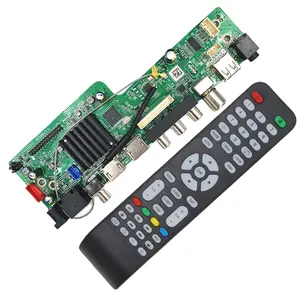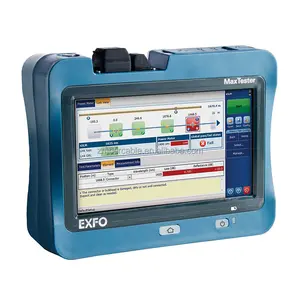Popular in your industry































































Top categories
About 1x32 pon splitter
Understanding the 1x32 PON Splitter
The 1x32 PON splitter, a pivotal component in modern fiber optic networks, serves as a junction to distribute a single optical input into multiple outputs, typically 32. This device is integral to Passive Optical Networks (PON), facilitating efficient data transmission to multiple endpoints.
Types and Configurations
Various types of 1x32 PON splitters exist, each designed to cater to different network architectures. The configurations may vary from rack-mounted units to chip-style splitters, with each type ensuring compatibility with diverse network requirements. Understanding the specific network setup is crucial when selecting the appropriate splitter type.
Applications and Utilization
The application of 1x32 PON splitters is extensive in telecommunications, particularly in FTTH (Fiber to the Home) networks, where they play a vital role in delivering internet, TV, and telephony services. Their use is also prevalent in LAN (Local Area Network) and CATV (Cable Television) systems, underlining their versatility in various fiber optic-based infrastructures.
Features and Performance
A 1x32 PON splitter is characterized by its low insertion loss and excellent uniformity, ensuring minimal signal degradation across all outputs. The device's reliability and stability are paramount, with most splitters designed to withstand harsh environmental conditions, making them suitable for both indoor and outdoor applications.
Materials and Durability
The construction of 1x32 PON splitters typically involves high-quality, durable materials that resist corrosion and physical impact. The choice of materials contributes to the splitter's longevity and consistent performance, which is essential for maintaining the integrity of the optical network over time.
Advantages of Integration
Incorporating a 1x32 PON splitter into a network infrastructure brings several advantages, including scalability and cost-effectiveness. By enabling a single optical fiber to serve multiple endpoints, network designers can reduce the overall fiber count, leading to significant savings in both material and labor costs.


































